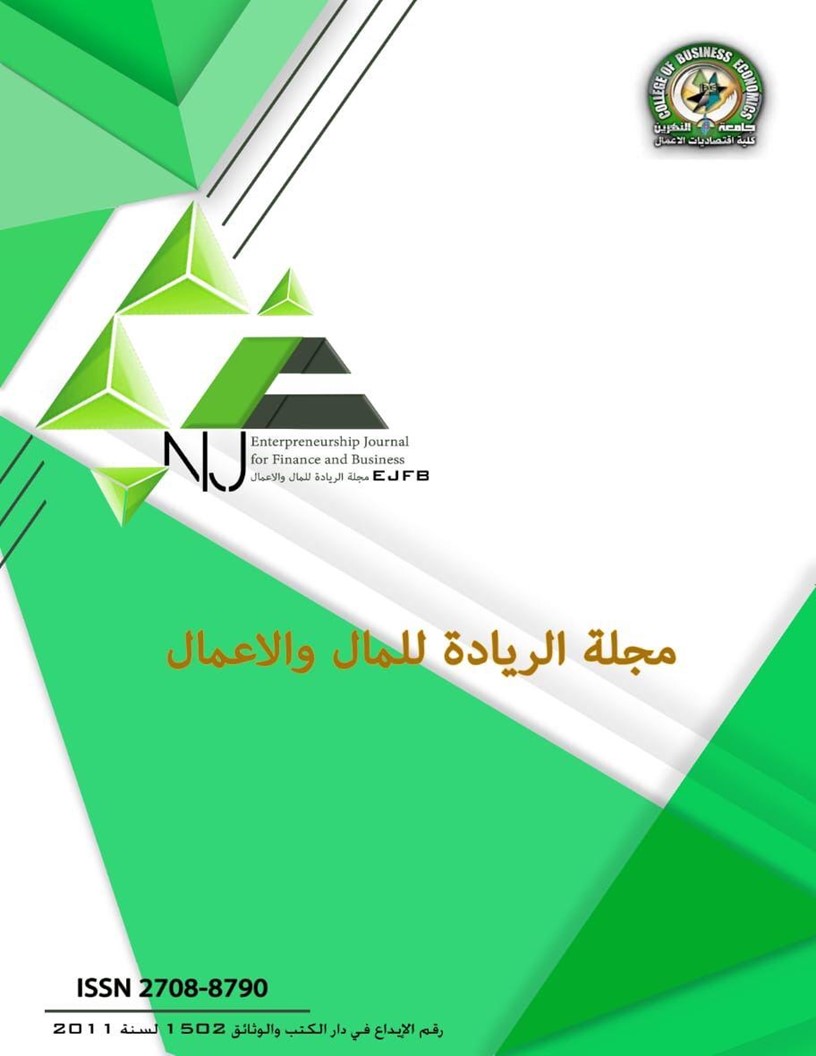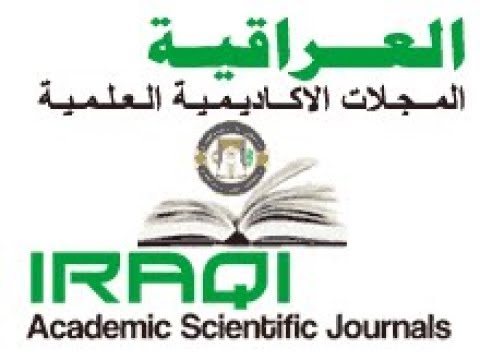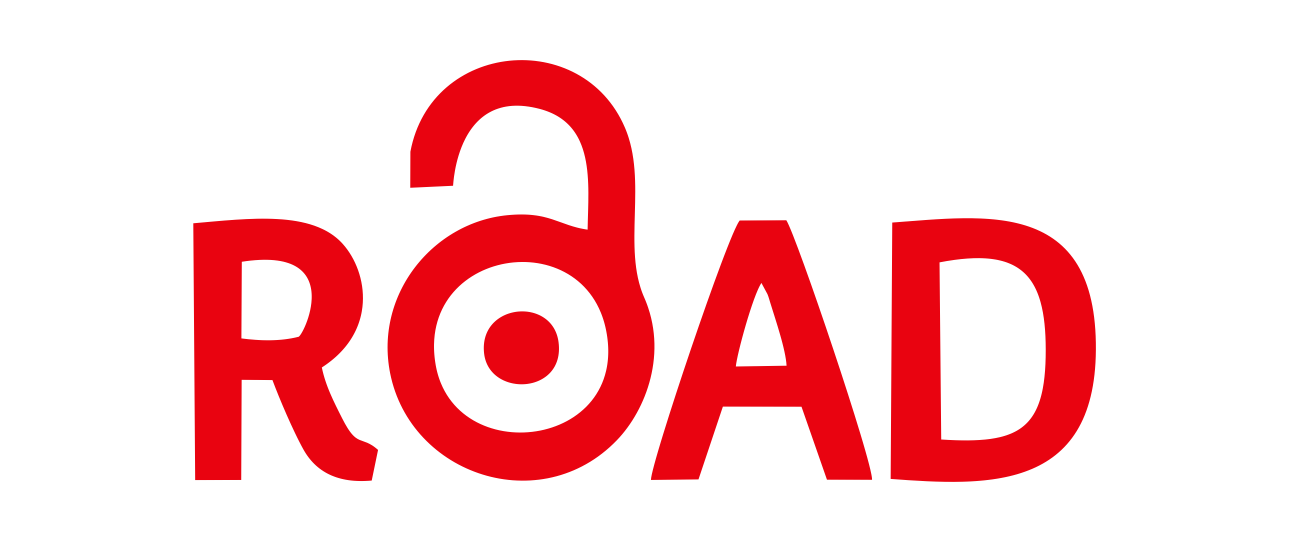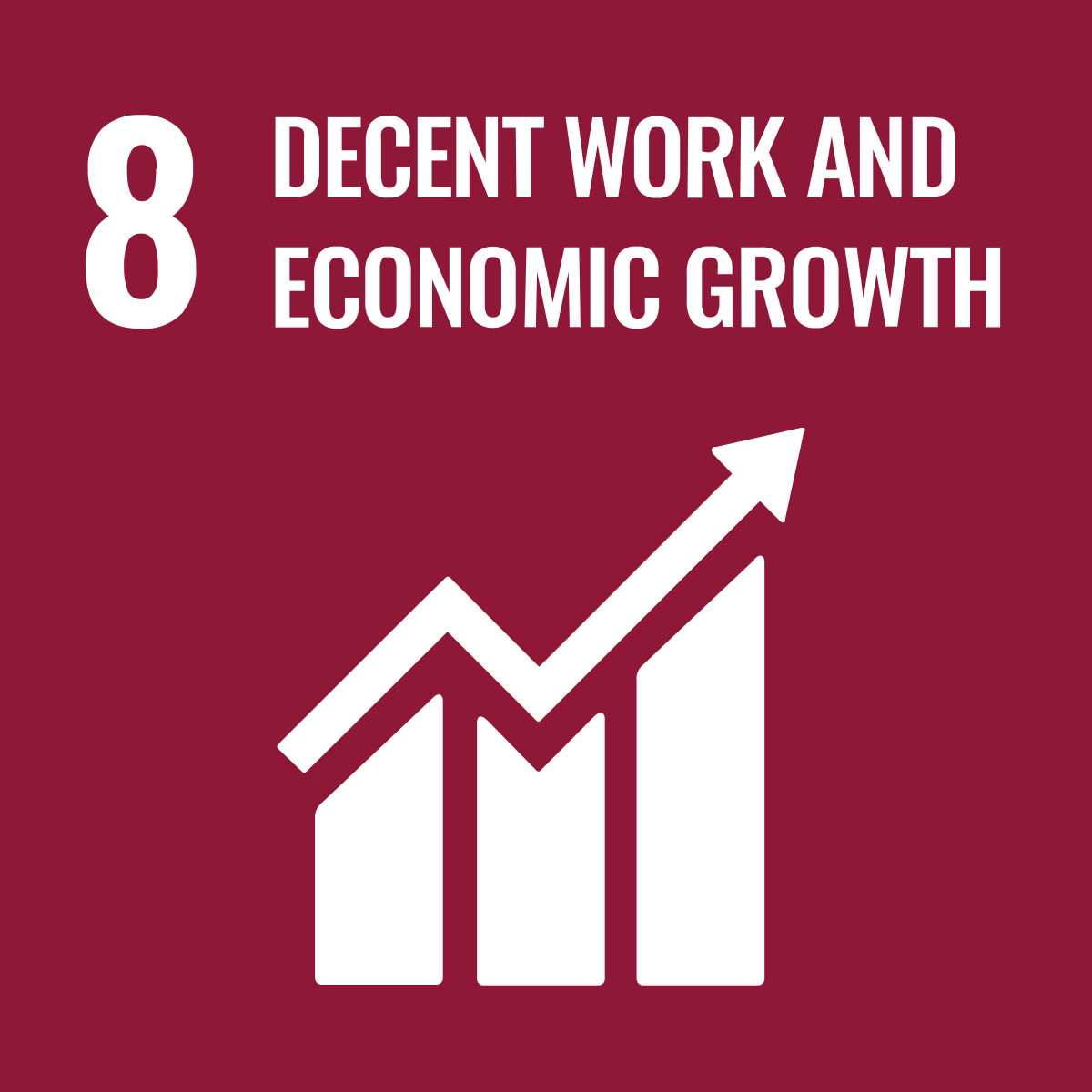The relationship of viral marketing with marketing performance Analytical research of a sample of tourism companies in Baghdad
DOI:
https://doi.org/10.56967/ejfb2022226Keywords:
viral marketing, marketing performance, word of mouthAbstract
This research aims to demonstrate the effectiveness of the use of viral marketing in improving marketing performance for the purpose of helping the tourism companies in question to adopt the use of viral marketing in a way that contributes to enhancing marketing performance, which is the problem for the companies surveyed in. Viral marketing and marketing performance), and to determine the extent of the tourism companies’ commitment to the application of viral marketing. The data was collected by distributing a questionnaire prepared for this purpose, as the research community consisted of 22 tourism companies operating in the city of Baghdad. In order to reach the results that achieve the goal of the research, two main hypotheses were formulated, four sub-hypotheses were branched from each hypothesis, which were tested by a set of descriptive statistical tools (arithmetic mean, standard deviation, and coefficient of variation) and inferential statistical tools (Spearman and Guttman coefficients). The researcher reached a set of conclusions, the most prominent of which were: that the surveyed tourism companies use viral marketing to improve marketing performance, but insufficiently, in addition to that they do not use the information variable to improve their marketing performance, and based on the above, the researcher recommends tourism companies to pay attention to information in a way It suits its orientation and improves its viral marketing by creating social networking sites that motivate its current and prospective customers to acquire its tourism services by promoting new services, organizing competitions, offering offers, and rewards on its website or website in social media programs.
Downloads
Downloads
Published
How to Cite
Issue
Section
License

This work is licensed under a Creative Commons Attribution 4.0 International License.
This is an Open Access article distributed under the terms of the creative commons attribution (CC BY) 4.0 international license which permits unrestricted use, distribution, and reproduction in any medium or format, and to alter, transform, or build upon the material, including for commercial use, providing the original author is credited.










